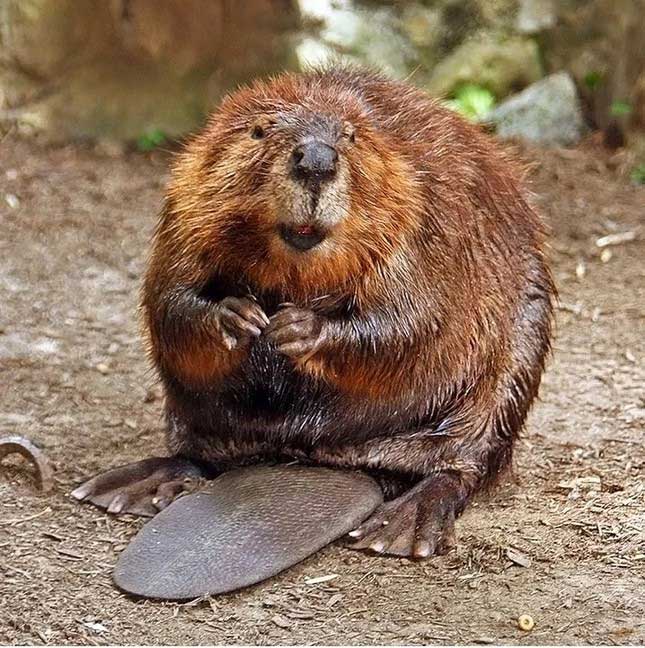Today, most vanilla-flavored cookies or ice creams contain artificial vanilla flavoring, and few people are aware that natural vanilla flavoring is actually a substance secreted from the anal glands of beavers, known as castoreum.
Beavers secrete castoreum, which has a sweet (and edible) scent from sacs located near their anus. Michelle Francl, a chemist at Bryn Mawr College in the United States and a food science expert, states: “These substances are extremely expensive because they are very rare. The vanilla flavoring in your cookies is just artificial vanilla.”

Beavers secrete castoreum, which has a sweet (and edible) scent from sacs located near their anus.
Castoreum is a brownish-yellow substance found near the rear of beavers, located between the pelvis and the base of the tail. This substance emits such a strong odor that humans can easily detect it.
Roisin Campbell-Palmer, head of the recovery department at Beaver Trust, a UK-based beaver conservation organization, notes: “It has a very distinct smell; castoreum is similar to musk but sweeter.”
Aromatic and Medicinal Properties
This powerful aroma comes from the types of plants in the beaver’s diet, as flavor historian Nadia Berenstein wrote in 2018.
Humans have been using castoreum for over 2,000 years, primarily to treat ailments such as headaches, earaches, toothaches, fevers, and gout. It has also been widely used in perfume production.
In the early 20th century, castoreum began to be incorporated into certain foods to add vanilla-raspberry flavoring.
The U.S. Food and Drug Administration (FDA) lists castoreum as safe for consumption.
Today, this substance is mainly found in appropriate food products such as Swedish bitters. Instead, about 99% of vanilla worldwide comes from synthetic sources like vanillin, a cheaper and less labor-intensive substitute.


















































